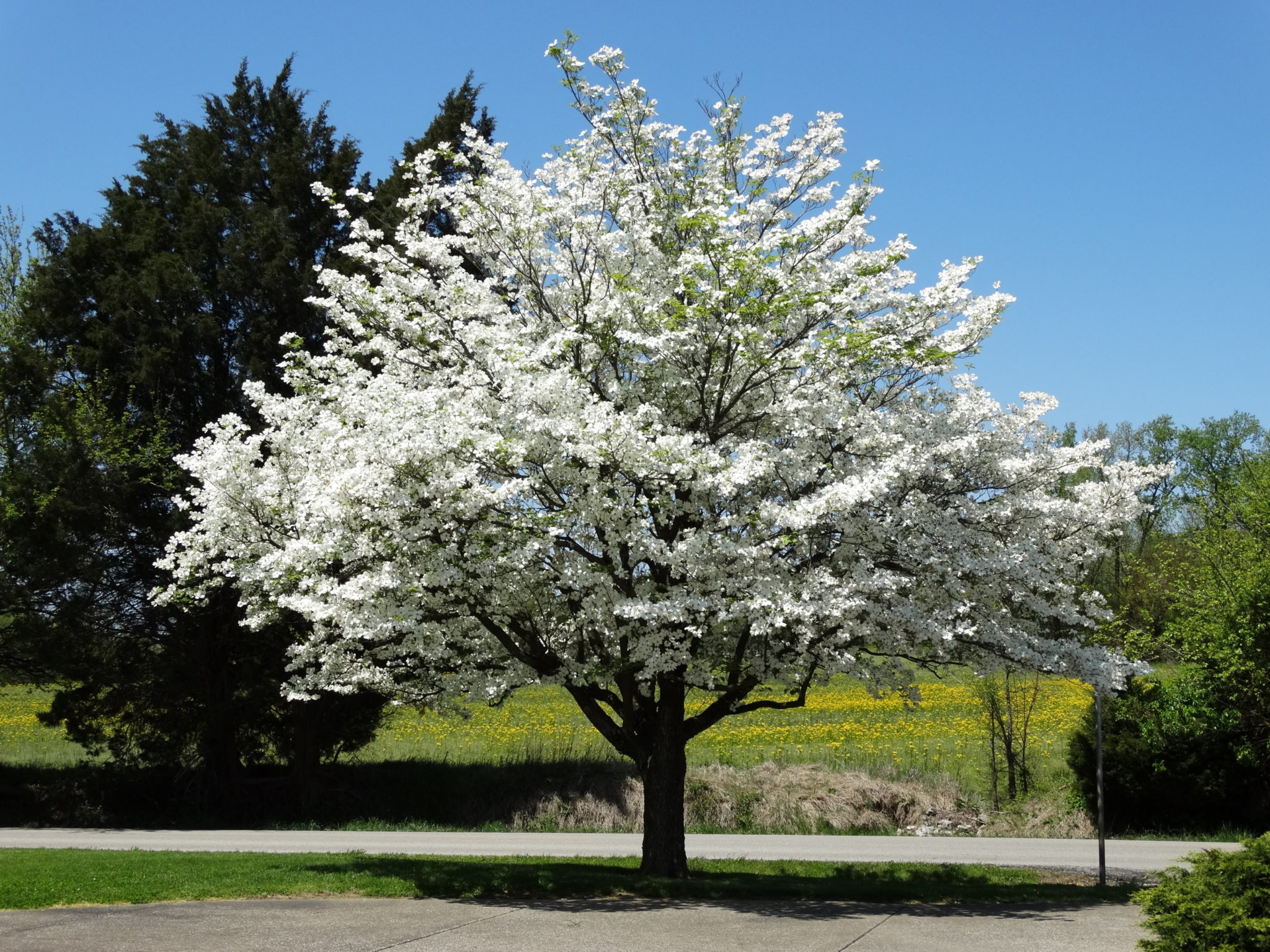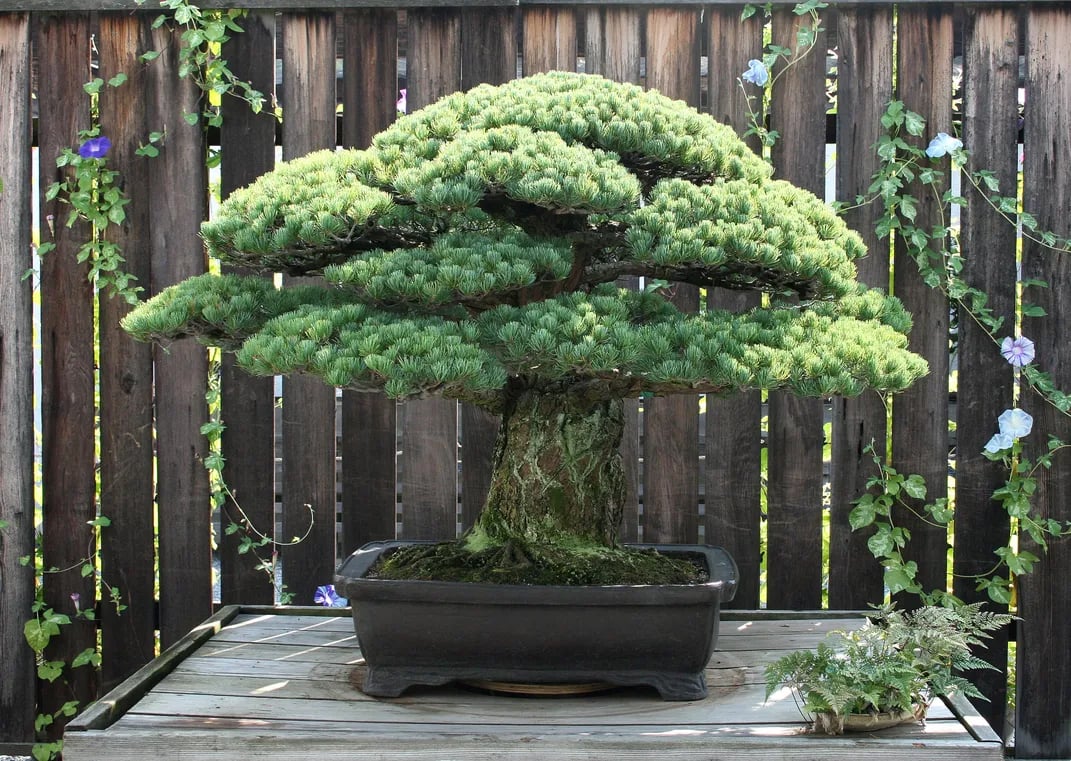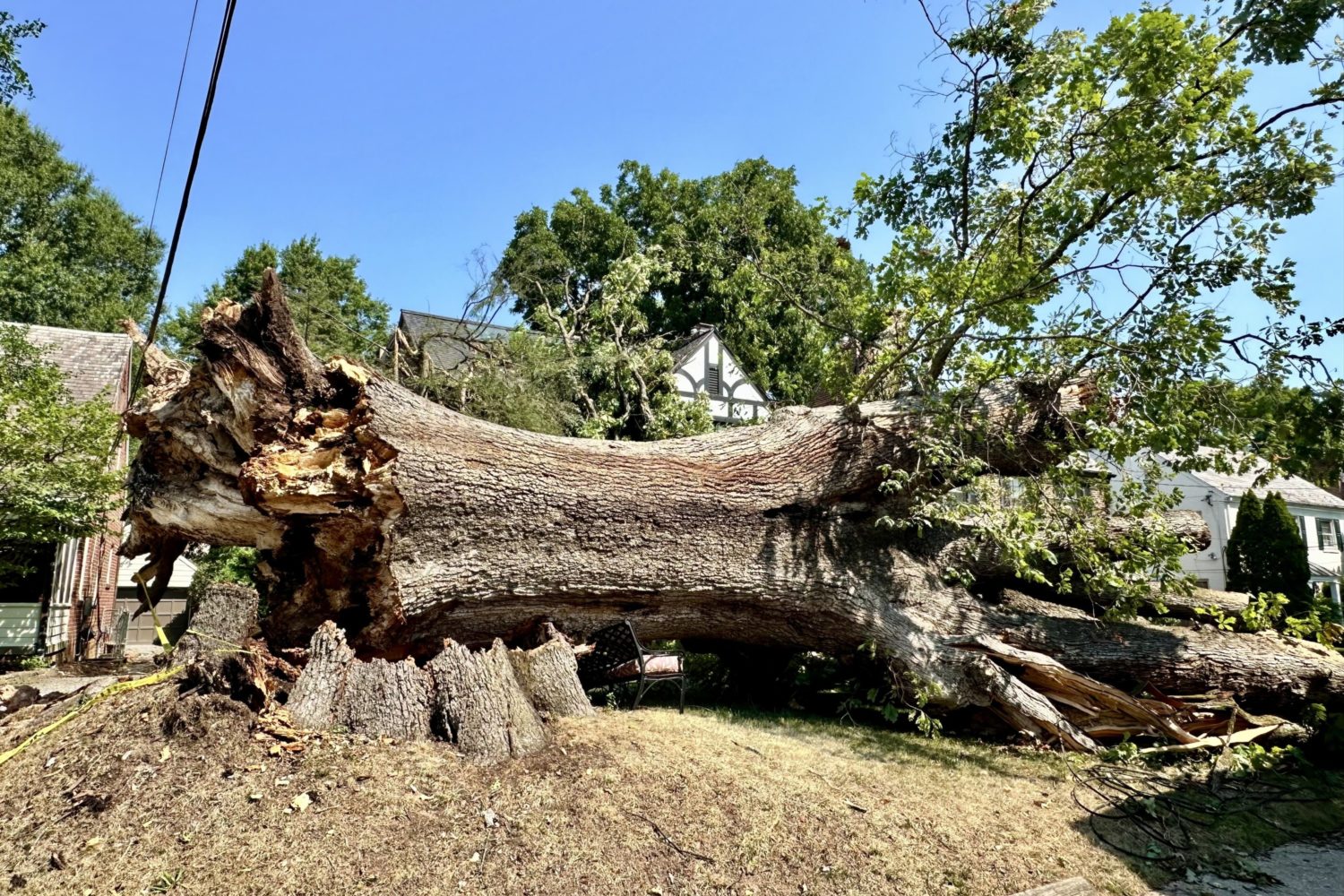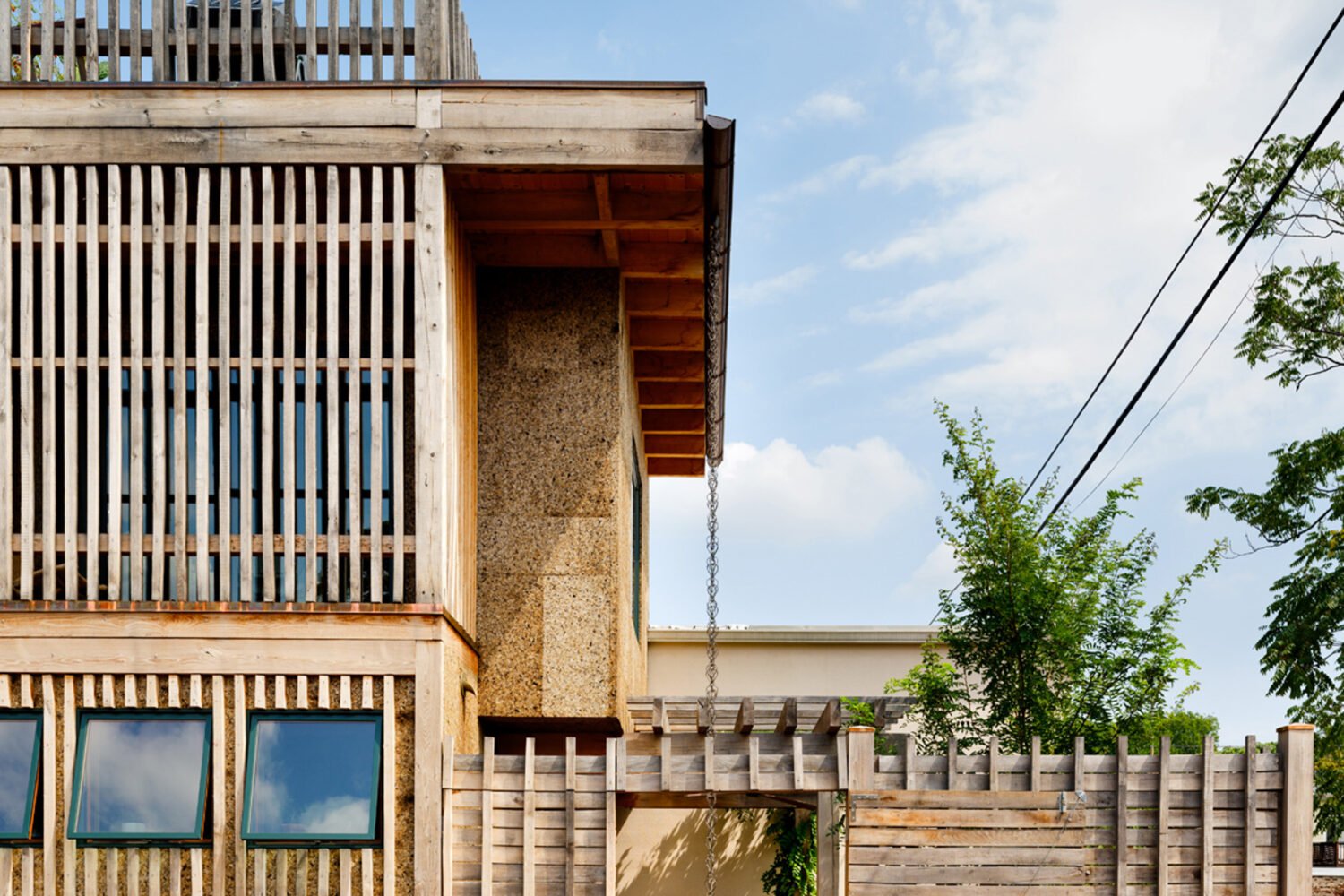Brood X season is upon us, and some folks are worried about shielding themselves from cicada attacks, or whether dogs and cats can eat them, or whether we humans can eat them. They’re also apparently really, really worried about their gardens.
Over the past few weeks, customers have been calling non-stop with cicada-related concerns and inquiries, says David Yost, a plant specialist at the local chain Merrifield Garden Center. But the anxiety may not be necessary, he says: “Most of this is kind of alarmist—because a lot of people are new to the area, they haven’t seen [the Brood X emergence happen before],” he says. “But the actual risk to your landscape is minimal.”
It’s unlikely Brood X cicadas will go after your flowers, vegetables, perennials or annuals, shrubs, or evergreens, says Yost. And you don’t really need to worry about your big, mature trees—it’s the smaller, younger, deciduous trees that are most at-risk. That’s because females want to lay their eggs in twigs that are about the diameter of a pencil, he says, where they’ll make a small incision for their nest. One incision shouldn’t be an issue, but if multiple cicadas lay eggs on one tiny branch, it can get damaged or die. “They don’t really kill trees, unless it’s a very, very small sapling,” says Yost, “but they can wound and they can injure.”
But you really shouldn’t be freaking out—your trees will likely be fine, and there are precautions you can take, if that’s helpful. Spoken like a true nature enthusiast, Yost wants people to chill out and just enjoy the buggy ride. “I’m trying to be a little more positive about it. I think it’s kind of exciting. This is a natural phenomenon that not everybody gets to experience,” he says. “It’s something to enjoy, not something to fear.”
Step 1: Assess
If you decide you want to protect some of your trees, it’s important to evaluate which are most at risk and valuable to you, says Yost. Perhaps you spent a lot of money planting some trees, or they’re focal points of your landscape, or they were inherited from a family member. Those are probably worth taking precautions.
Cicadas are very selective when it comes to finding twigs to lay their eggs, says Yost, so examine the size of your branches to see which trees could be in danger. “If you look at the tree—the structure, age, and maturity—[and] you’ve got a lot of twigs that are pencil diameter, then that’s going to be at greater risk,” says Yost.
Step 2: Protect
The only way you can really protect your susceptible trees is by placing netting over them, says Yost, as this will create a physical barrier that stops the females from nesting. He recommends netting that’s one centimeter or smaller in mesh size.
A heads up, though: You may want to check in advance that your local plant store has netting in stock. Merrifield’s and other plant spots’ supplies are running low, says Yost, due to what he calls Brood X-induced “panic shopping.”
An alternative method is just doing nothing, accepting the cycle of life, and cleaning up any damage afterwards. During the last swarm in 2004, Yost didn’t put up any netting, and a few twigs in his dogwood tree died. But he just eventually pruned them out, and everything was fine.
But really, it all depends on what you feel comfortable with when it comes to your trees. “It’s just such a personal thing and judgment,” says Yost. “I’m a little more casual about this kind of thing. And some people just can’t stand see their plants damaged that way.”
Step 3: Repair
So say cicadas do nest in and damage your trees. What’s next? If they nested in the smaller twigs on the outer edges of a more mature tree, you don’t need to do much, says Yost. They will brown that summer and fall off, and you can just clean them up.
However, if cicadas nest in a smaller tree—say, a dogwood or a crepe myrtle—and injure some twigs, you can slowly prune those out over a period of two-to-three years, says Yost. However, if the twig dies outright, you can prune it out right then.
Oh—and no need to keep the netting up once the swarm is over. “If you have put this netting around your trees or plants, you can remove it by the end of June,” says Yost. “Clean up the damage, and life goes on from there.”


















